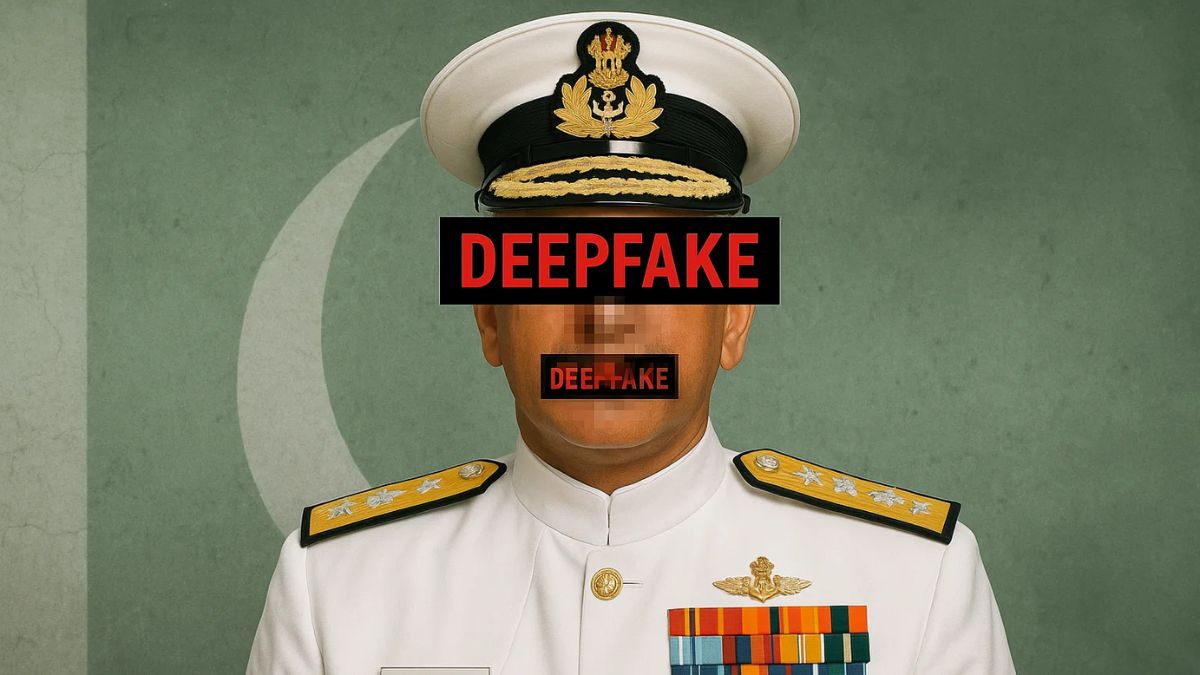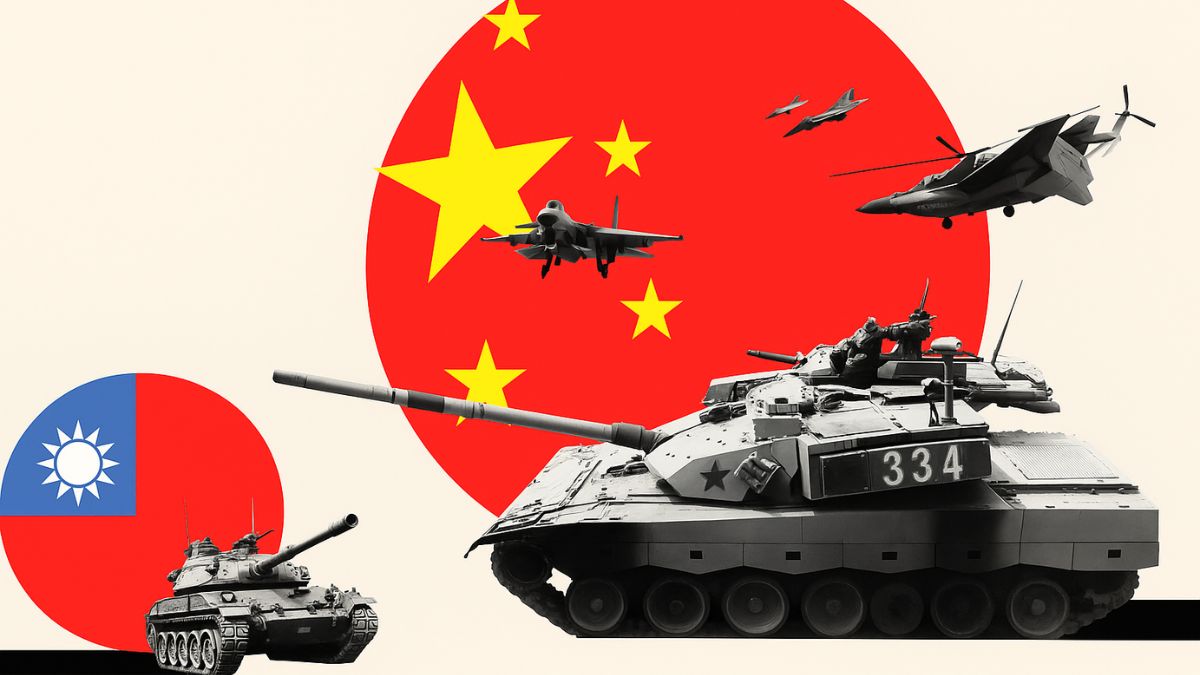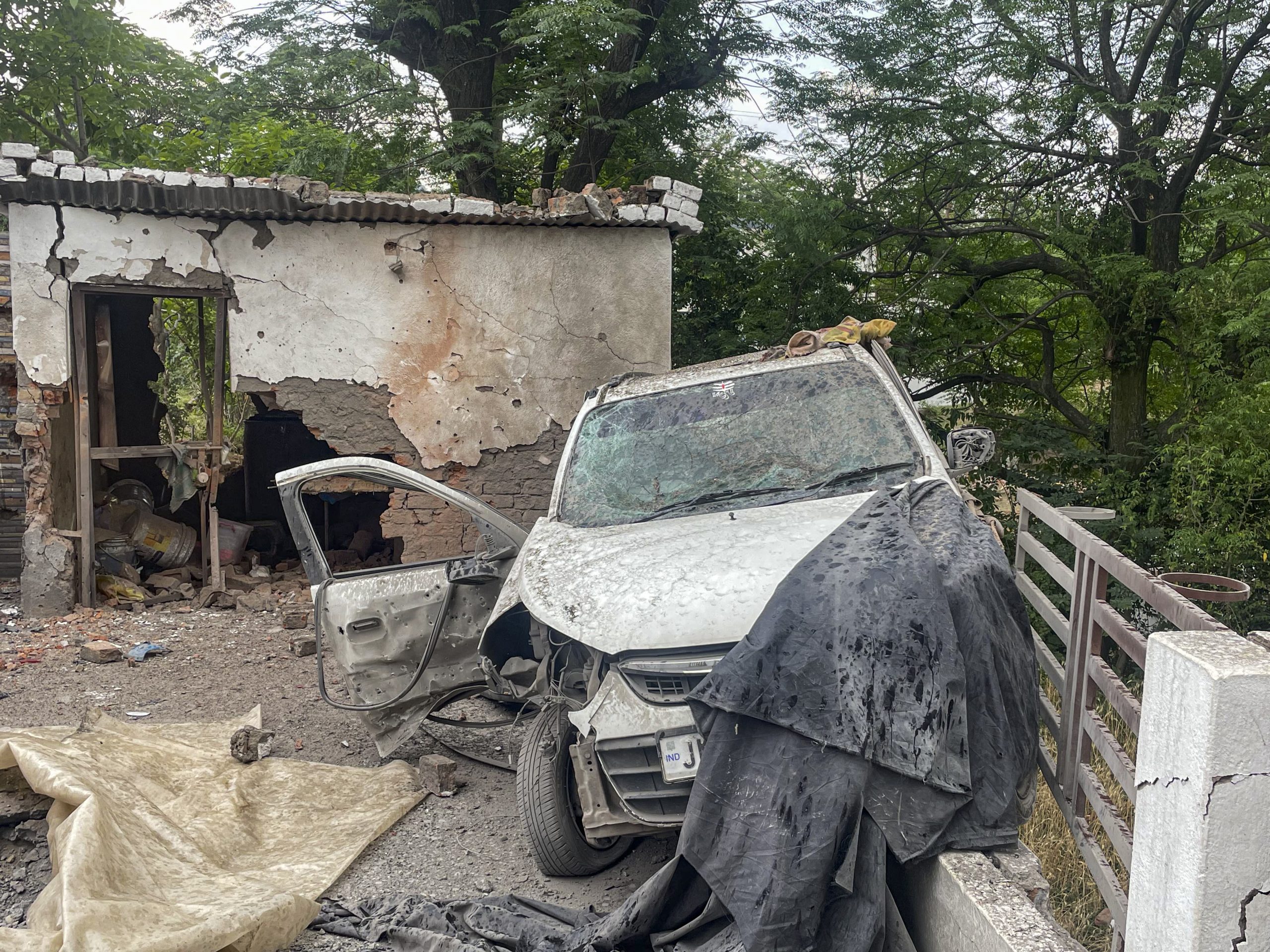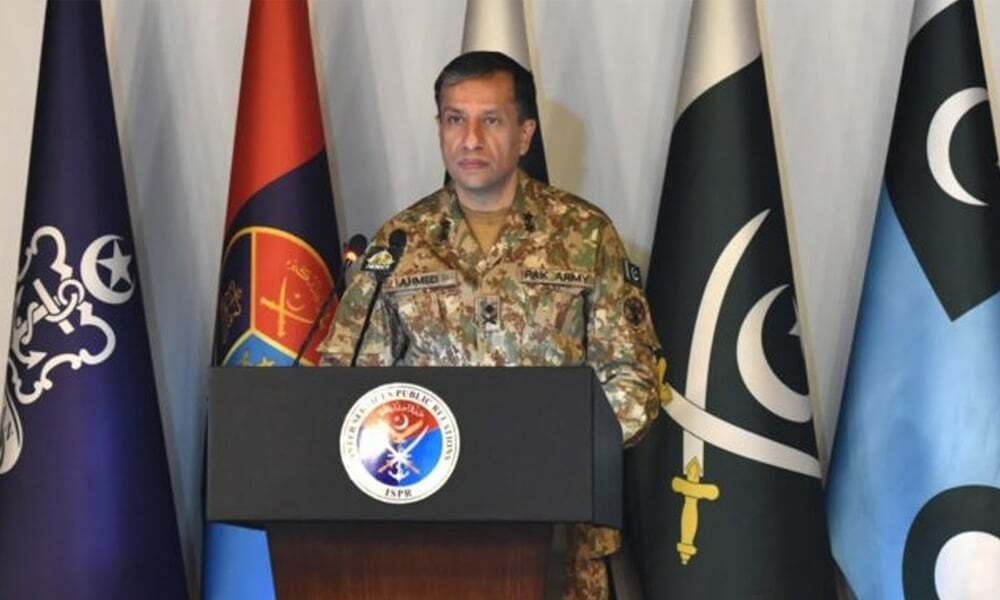Training Policy Overhaul By Army: What Is the Key Policy Shift And What Does It Aim To Achieve?
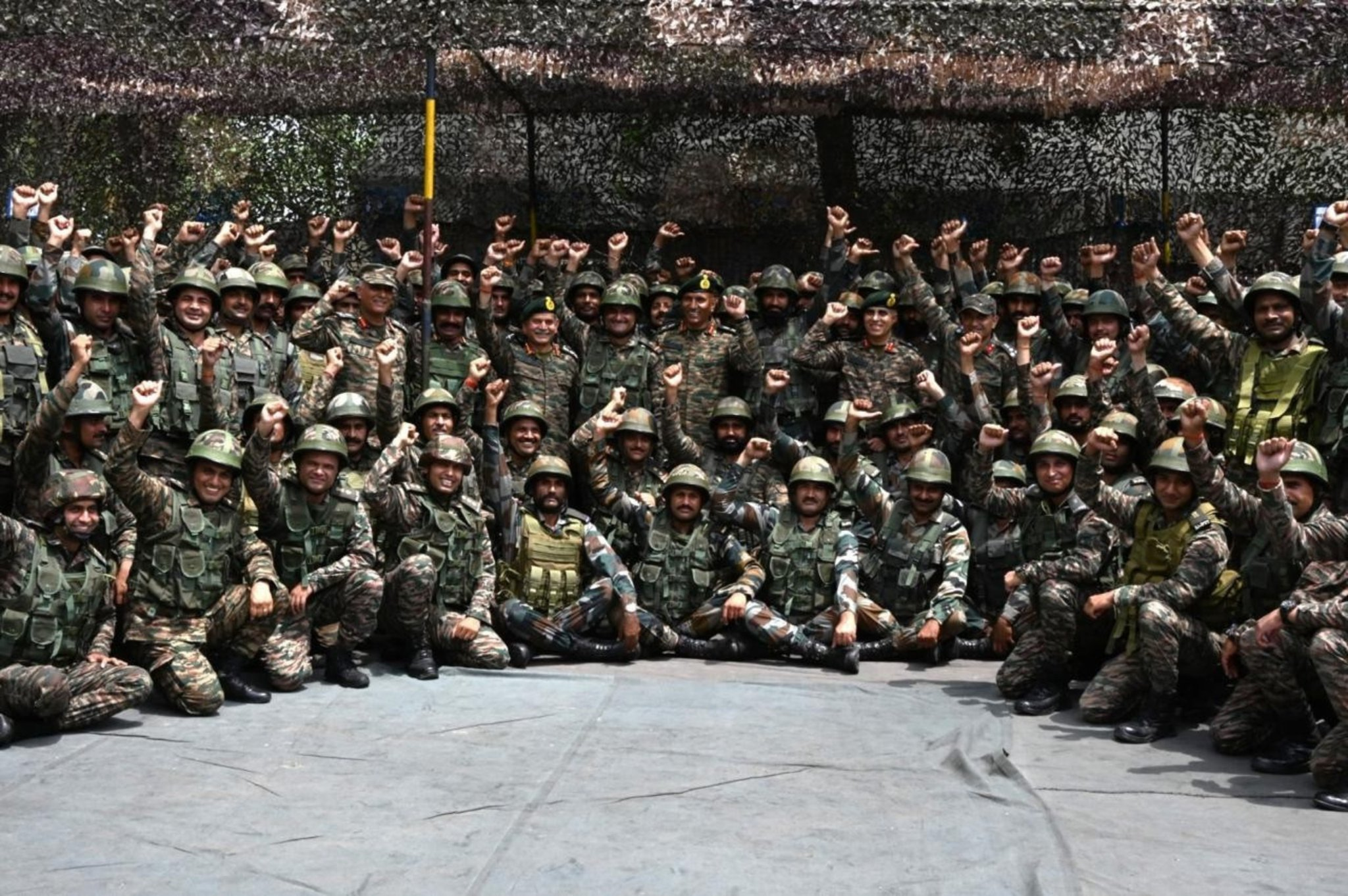
The training command is also institutionalising emerging concepts and tools to shape combat readiness for next-generation warfare. Image courtesy: X.com/@adgpi
In a significant overhaul of its training framework, the Indian Army has extended the tenure of the Chief of Army Staff’s (COAS) Training Directive from two years to four. The directive, which defines the Army’s training foundation, objectives and key result areas, will now be issued once every four years instead of biennially.
The first quadrennial directive, covering 2025–29, was rolled out earlier this year by the Army Training Command (ARTRAC). Senior Army officials said the earlier two-year cycle was too short to implement guidelines effectively or deliver measurable outcomes.
Beginning with the 2025–26 training year, the extended timeline will allow formations and units the space to execute directives fully. The change is expected to promote operational focus by reducing calendar clutter, support the validation of emerging technologies and ensure continuity in doctrinal execution.
How is ARTRAC driving the transformation?
Speaking at ARTRAC’s 35th Raising Day in Shimla, Lieutenant General Devendra Sharma, General Officer Commanding-in-Chief, confirmed the shift and outlined the Command’s broader reform efforts, The Tribune reported.
ARTRAC has accelerated drone training under the vision of “Drones as an Eagle on the Arm of Every Soldier” and aims to integrate 34 niche technologies into its training curriculum by 2030. Over 18,000 soldiers have already been trained this year, with plans to train another 12,000 next year.
How big of a role does technology and innovation play?
To support faster technology absorption, ARTRAC has signed multiple MoUs with premier institutions, including IITs, to foster joint research and innovation. The training command is also institutionalising emerging concepts and tools to shape combat readiness for next-generation warfare.
How is Army introducing red teaming?
As part of its doctrinal refinement process, ARTRAC has formalised ‘Red Teaming’ which is a contrarian evaluation method to challenge assumptions and enhance planning. The expertise developed over the past year is now being shared with the Navy and the Air Force to build a tri-service perspective.
Established in 1991 at Mhow and relocated to Shimla in 1993, ARTRAC functions as the Army’s doctrine and training think-tank. It oversees 34 ‘Category-A’ training establishments nationwide and provides doctrinal guidance, operational perspectives and strategic direction. Its remit also includes incorporating adversarial thinking into operational planning.
What are recent initiatives beyond training directives?
In August, ARTRAC hosted Ran Samwaad-2025, the first-ever tri-service seminar at the Army War College in Mhow. The event brought together the Army, Navy and Air Force to discuss next-generation warfare and India’s evolving strategic construct.

